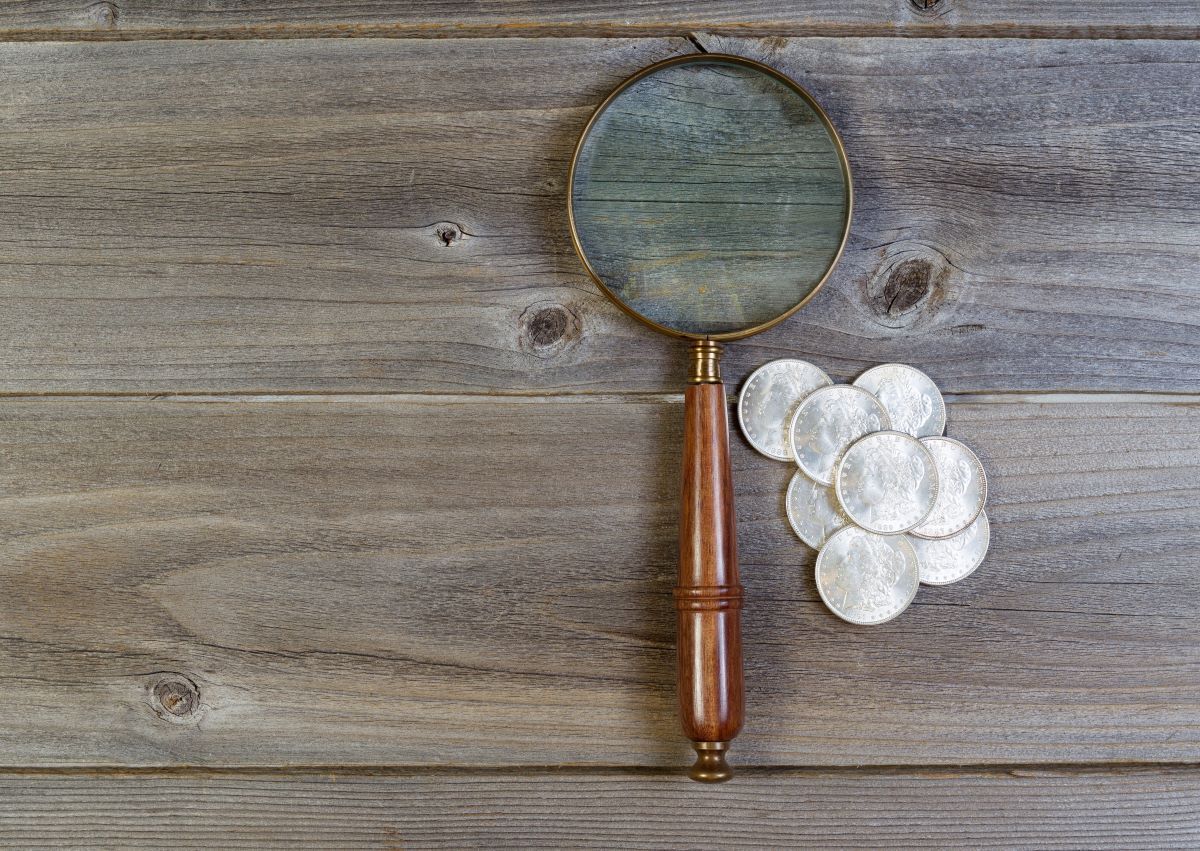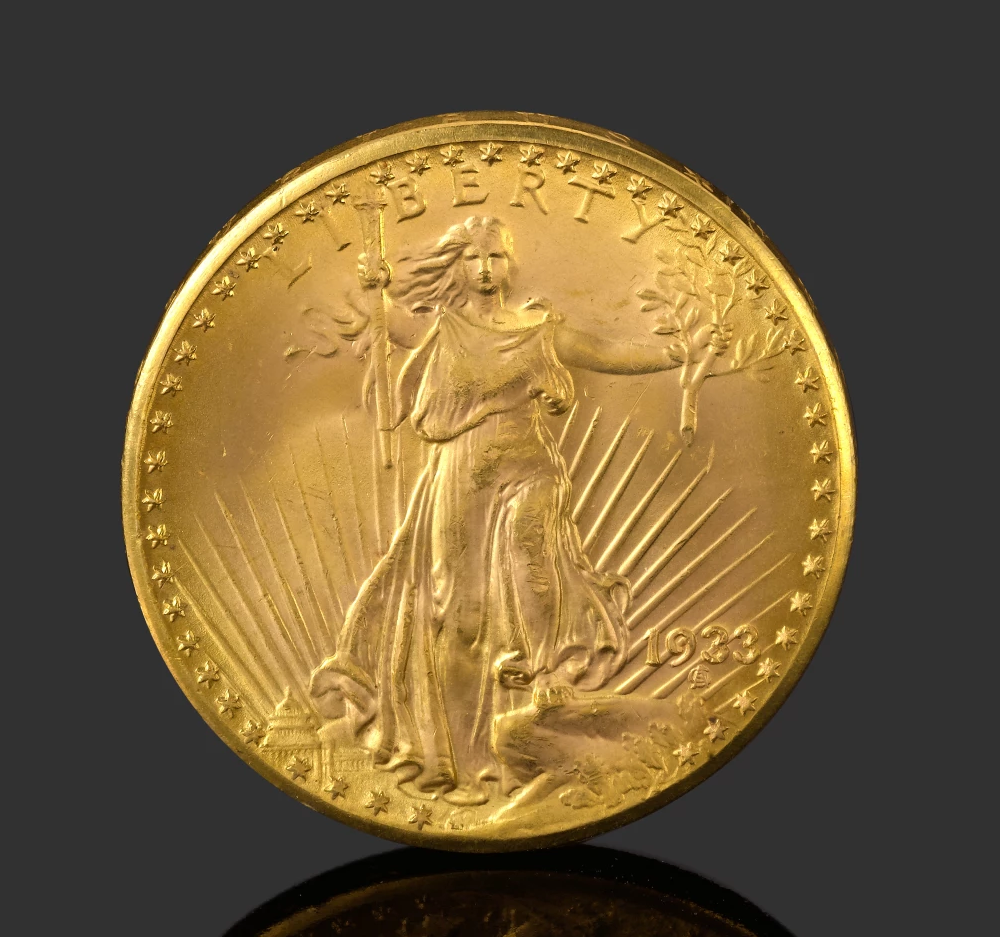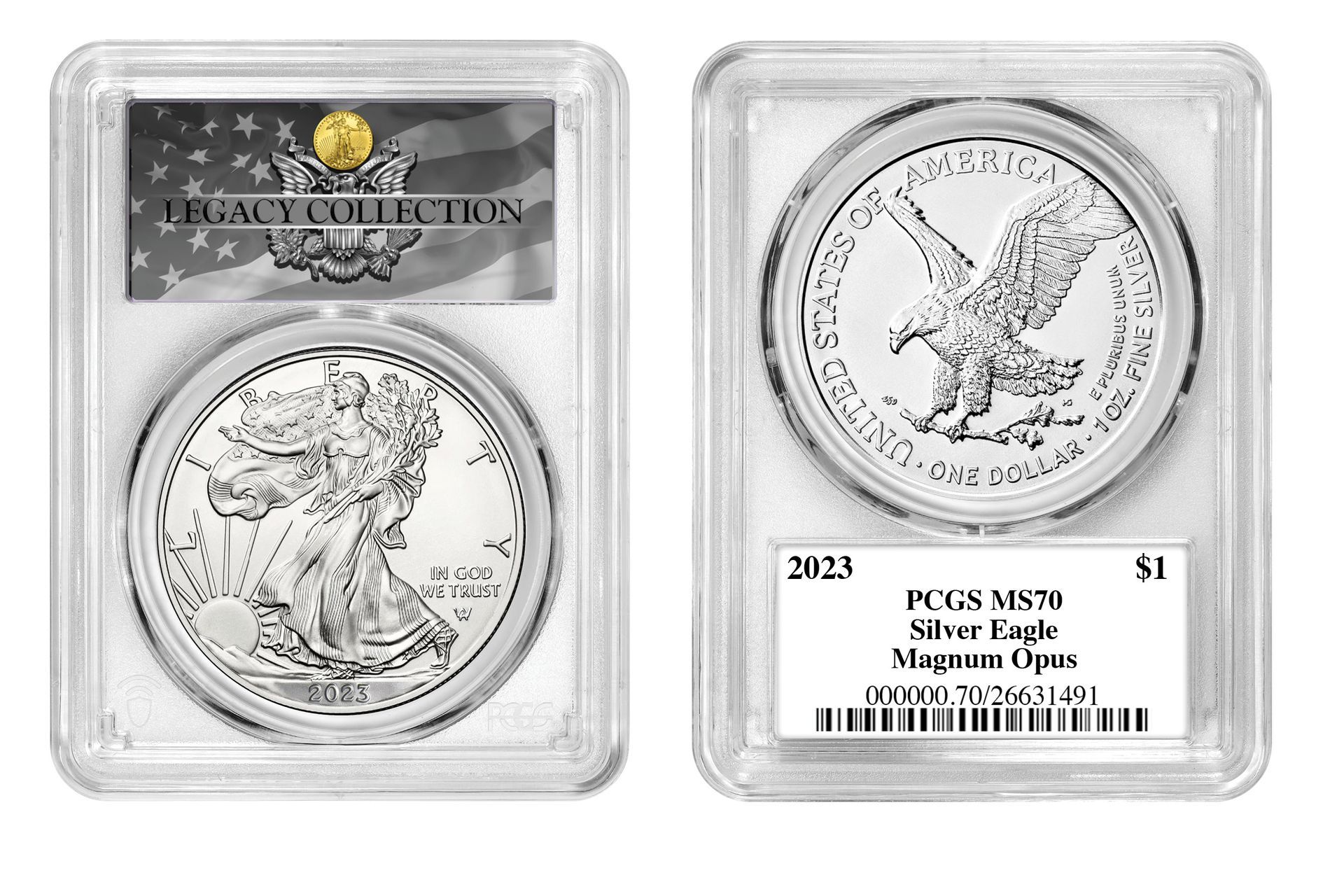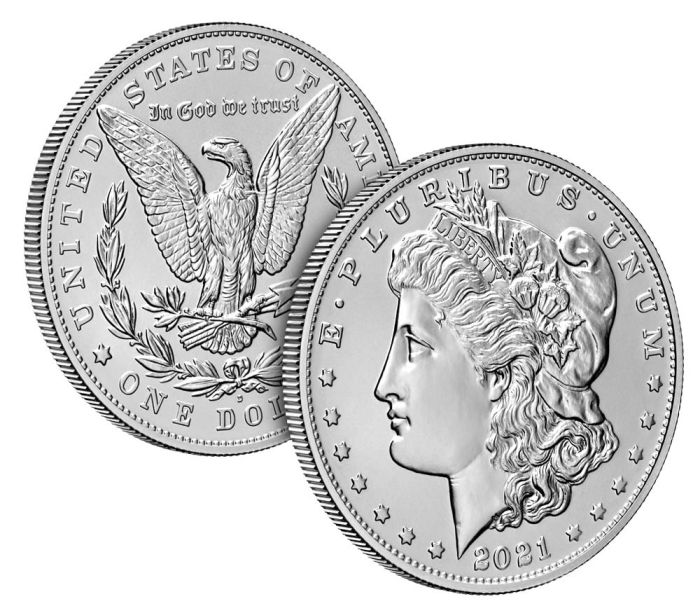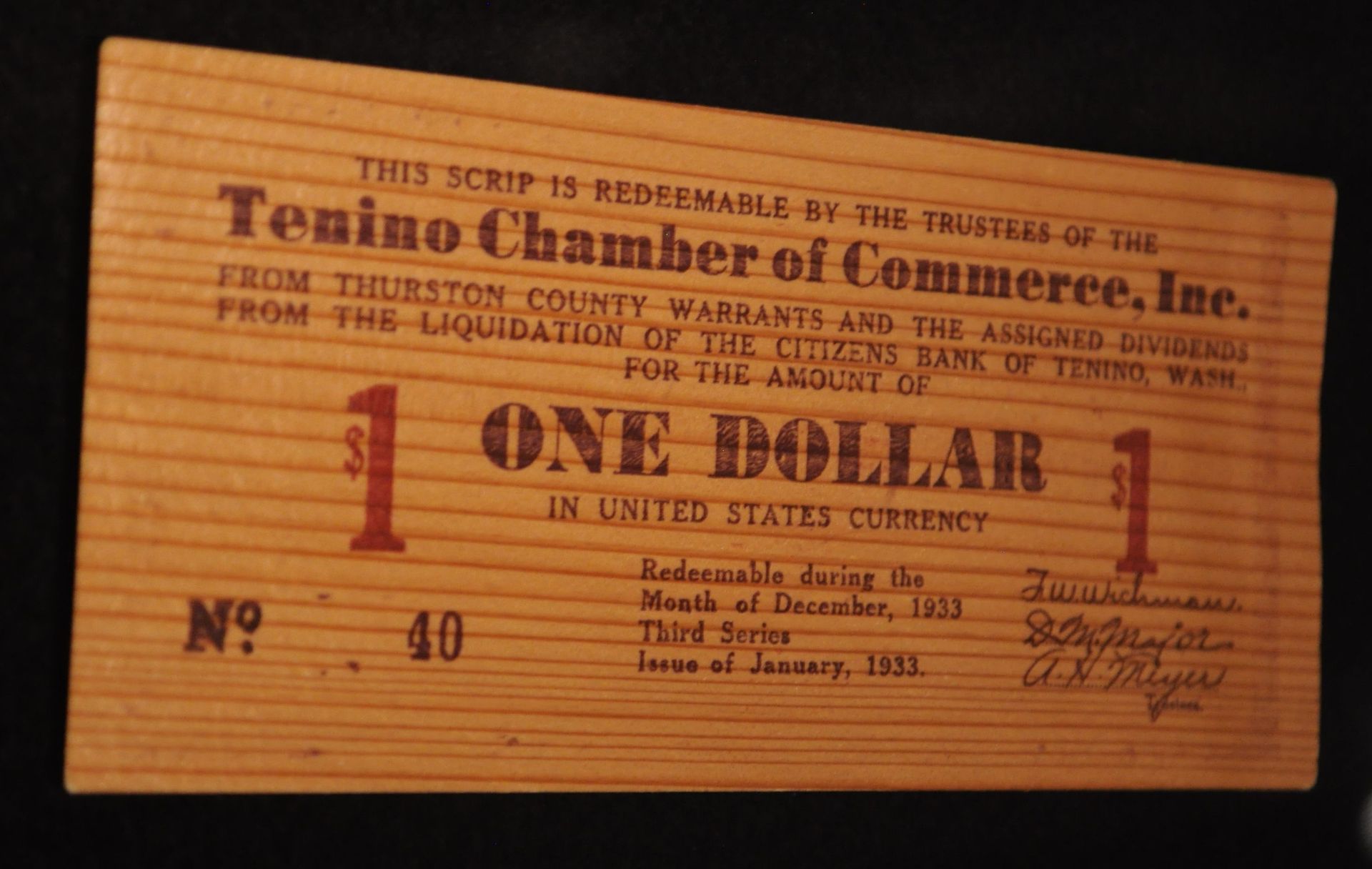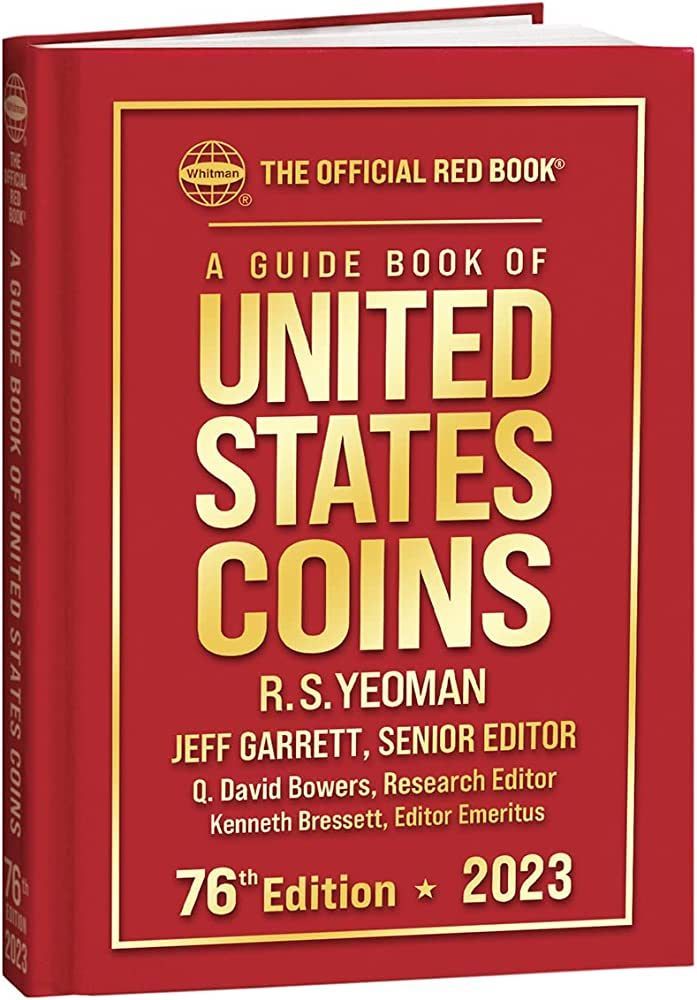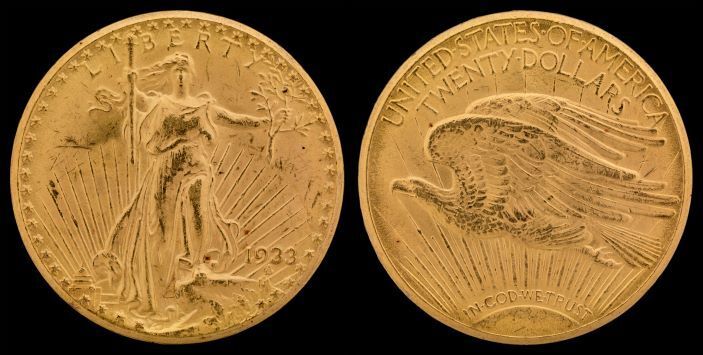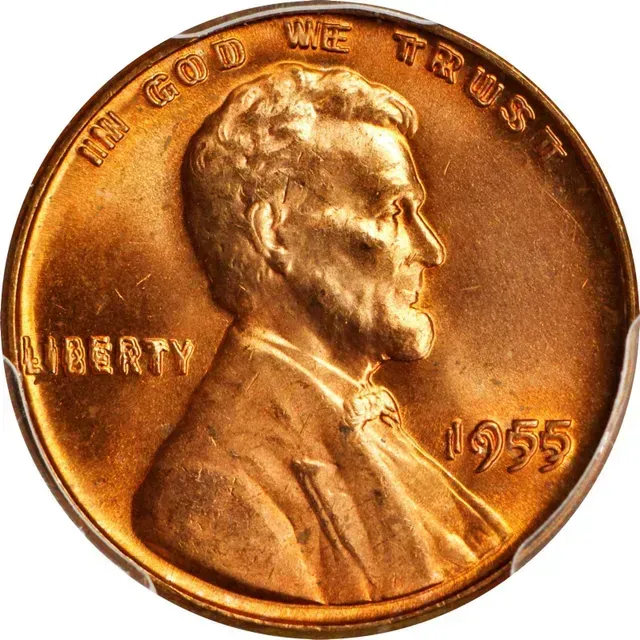
Imagine a world where every tiny piece of metal tells a story, where coins aren't just currency, but a fusion of art, history, and technology. This is the world of minting—a meticulous process that transforms plain metal sheets into coins that jingle in our pockets. From their design to distribution, producing coins is an intricate dance of precision and craftsmanship.
When the Dance Misses a Step: The Birth of Mint Errors
But what happens when there's a hiccup in this choreographed routine? Just like in any production process, errors can slip through the cracks. Maybe a coin gets struck twice, or perhaps the metal sheet isn't fed correctly. These little blunders, though unintentional, create coins that are anomalies. And because these errors are often caught and rectified, they're like the rare misprinted stamps of the numismatic world—scarce, intriguing, and oh-so-valuable.
The Unexpected Goldmine: Errors That Break the Bank
Here's the twist: while in most fields, errors reduce value, in coin collecting, they can ramp it up. Big time! Some of these accidental masterpieces have dazzled audiences at auctions, fetching sums that would make anyone's jaw drop. Why? Because in their imperfection lies a tale of rarity, a glitch in the matrix, making them irresistible to collectors.
So, if you've ever wondered about the worth of a mistake or thought of coins as mere pocket change, strap in. We're about to journey into a world where errors aren't just overlooked; they're celebrated and can sometimes even turn into treasures. Curious? Let's dive in!
Understanding Coin Minting
Ever wonder how that shiny dime in your pocket came to be? It's not just a quick "stamp and go" process. At its heart, coin minting is an art form, ancient as time itself. But of course, from the rustic mints of yesteryears to the high-tech facilities of today, things have shifted a bit.
Imagine for a moment ancient civilizations, under the scorching sun, melting metals, pouring them into molds, and painstakingly carving intricate designs. Fast forward, and today's coin production is like a choreographed dance – precise, automated, and fast. But how exactly does a piece of metal become legal tender?
The Dance of Modern Minting
Today's minting process is a multi-step dance. It starts with a design, usually birthed from an artist's inspiration or a significant national event. This design, once approved, is engraved onto large dies (think of them as giant stamps). Now, here comes the fun part. Metal blanks, the right size for the intended coin, line up like eager dancers waiting for their turn in the spotlight. With a forceful press, the dies slam down onto these blanks, imprinting them with the design. And voilà! You've got yourself a coin. But wait – isn't there a safety net to catch those clumsy dance moves or the occasional misstep?
The Guard Rails: Quality Control
We'd love to believe that every minting process is flawless, but let's be real, even machines have their off days. That's where quality control jumps in, like a vigilant dance instructor, catching every misstep and ensuring perfection. Coins are rigorously checked for any anomalies or defects. But think about it – isn't it kind of fascinating that some of these 'mistakes' actually make it out into the wild? And even more mind-boggling, these errors, seen as flaws in the dance, can be worth a fortune to the right collector. Who would've thought that in the coin world, sometimes it pays to be a little 'off'?
But before we get to those intriguing missteps, let's understand the types of errors, shall we?
Types of Mint Errors
Planchet Errors: The Starting Point Snafus
Every coin's journey begins as a simple metal disc, or what we call a planchet. But sometimes, this humble beginning can be the stage for some intriguing errors.
- Blank Planchets: Ever seen a coin that looks...well, incomplete? Almost as if it forgot to dress up? That's a blank planchet. It's a coin that somehow missed its date with the stamping machine, and it's like a canvas waiting for a painting that never happens.
- Clipped Planchets: Imagine a cookie cutter not cutting through the dough cleanly, leaving behind an irregular shape. That’s pretty much what happens with clipped planchets. Due to incomplete metal sheets, they miss out on a portion, making them look a tad off-kilter.
- Wrong Metal/Off-metal Strikes: It's like making a pancake and realizing you used salt instead of sugar. These are coins mistakenly struck on metal meant for a completely different denomination. The result? A penny that feels suspiciously like a nickel.
Die Errors: When The Stamp Stumbles
The die is essentially the stamp that imprints the coin's design onto the planchet. But sometimes, these dies can be a little... rebellious.
- Doubled Dies: Imagine a photo printed twice, slightly off from each other, creating a ghostly double. That's what happens with doubled dies. Due to misalignment or a slight rotation, the coin flaunts a double image.
- Cud: It’s like when a cookie crumbles, but in the world of coins. Raised areas appear where the die has chipped or broken away, giving the coin an odd, lumpy appearance.
- Missing Design Elements: Ever felt like something's missing, but can't put your finger on it? Some coins feel the same. Due to a filled die, certain design elements simply... vanish.
Striking Errors
When the die meets the planchet, it's a dance of precision. But not all dances go as planned.
- Off-center Strikes: Imagine a sticker slightly off its intended spot. That's an off-center strike for you. The coin is struck outside its intended boundary, making it look misaligned.
- Multiple Strikes: Sometimes, once isn't enough. Some coins get the die's impression more than once, leading to overlapping designs.
- Broadstrikes: Think of it as a coin stretching beyond its boundaries. Struck without the typical edge confines, these coins miss out on the usual ridges or reeding.
- Mules: A horse plus a donkey makes a mule, right? In coin terms, it's when two mismatched dies meet. Result? A coin sporting designs not meant to be together.
Other Notable Errors: The Rare Anomalies
Then there are those errors that don't fit neatly into a category but are equally captivating.
- Overdates and Overmintmarks: Picture editing a typed date by typing over it instead of erasing. Sometimes, an old die gets modified, but remnants of the original linger, creating a layered effect.
- Rotated Reverse: Ever tried reading a book and realized you're holding it upside down? That's the vibe of a rotated reverse. The coin's backside is turned in relation to its front.
- Transition Errors: A throwback, but not the kind we post on socials. These coins take a trip down memory lane, getting struck using the design or metal of yesteryears.
Errors, missteps, call them what you will. But in the world of coin collecting, these "mistakes" are nothing short of treasure. And if you're thinking, "How can a slip-up be worth so much?", well, stay with us. The plot thickens.
Famous and Valuable Mint Error Coins
The Legendary 1943 Copper Penny
It's 1943. Amidst the turmoil of World War II, a decision was made: pennies would be struck in steel, saving copper for the war effort. But guess what? A few rebellious pennies said, "Nah, we're going copper!" These rare pennies are like the unicorns of the coin world. Imagine, in a sea of gray steel coins, the unexpected glint of copper. Few in number but massive in value, the 1943 Copper Penny is every collector's dream.
1955 Double Die Obverse Penny: Two for the Price of One
At first glance, it seems like any other penny. But take a closer look, and you're in for a surprise. The date, the lettering - it's all there, but twice! It's like the coin's trying to make a bold fashion statement with its prominent doubling. And believe us, in the coin collecting world, this penny's style is on point and worth a pretty penny!
2004-D Wisconsin State Quarter: The Cornstalk's Secret
States are proud, and so are their quarters. But the 2004-D Wisconsin quarter? It's got an extra swagger. Amidst the usual cornstalk leaves is an anomaly—an unexpected extra leaf. Some say it's the cornstalk's way of standing out. Whatever the reason, this little leafy addition makes this coin a hot ticket item.
1969-S Lincoln Penny Double Die Obverse: Double Trouble
Doubling seems to be a trend with pennies. Enter the 1969-S Lincoln Penny. With its clear doubling on the obverse, it's like Lincoln is seeing double. Rare and incredibly valuable, this coin's misprint makes it a centerpiece in any collection.
1972 Lincoln Penny Double Die: Deja Vu
If you thought you've seen the last of doubled pennies, think again. The 1972 Lincoln Penny, not wanting to be left out, sports its own version of clear doubling on the obverse. It's as if the coin's saying, "Hey, remember the '55 and '69? I can do that too!" And oh boy, does it do it well.
1982 Roosevelt Dime No Mint Mark: The Silent Type
In the bustling world of coins, each has its mark, a sign of its origin. But the 1982 Roosevelt Dime? It chose to remain silent. Missing its 'P' mint mark, it's like the coin's playing a game of hide and seek. But make no mistake, its silence speaks volumes, making it a must-have for those in the know.
Each of these coins, with their quirks and errors, tells a story. A tale of an oversight, a machine's hiccup, or maybe just fate's way of creating treasure. And if you're holding one? Well, you're not just holding metal; you're holding history and potentially a small fortune. So, who knew mistakes could be so lucrative?
The Value of Mint Errors
Why Some Mistakes Cost a Pretty Penny: Factors Driving Value
You might wonder, why's a slip-up in coin minting worth so much? Think of it like finding a rare misprint in a best-selling book. There's something intriguing about owning a piece that deviates from the norm. But what makes one error coin more valuable than another?
- Rarity: The fewer there are, the higher the value. That 1943 Copper Penny we mentioned? Its rarity skyrockets its worth.
- Demand: Like any market, it's all about demand and supply. Some error coins, due to their unique appeal or historical significance, have collectors clamoring for them.
- Condition: A mint error coin in pristine condition? That's the gold standard (pun intended). A coin's state, from the luster to the absence of wear and tear, can significantly influence its value.
Ever heard the saying, "It's not a flaw; it's a feature?" In the coin world, this rings especially true.
Grading: The Seal of Authenticity
Imagine buying a vintage guitar, but how do you know it's the real deal and not a knockoff? Enter professional grading services. These coin 'gatekeepers' ensure that what you're getting is genuine and of a certain standard.
Professional grading services meticulously examine coins for authenticity. They also assign a grade, which is a measure of its condition. The better the grade, the higher the coin's value. Think of it as getting a report card, but for coins. And just as an 'A+' can make your day, a high coin grade can make a collector's heart race.
Historical Sales: When Error Coins Break the Bank
Mint errors have made headlines, particularly when they go under the hammer at high-profile auctions. A few standout sales:
- A 1943 Copper Penny (remember our rebellious copper amidst a sea of steel?) fetched a staggering $204,000 in 2019.
- A 1969-S Lincoln Penny with its double vision was sold for an eye-watering $126,500.
- The 1972 Lincoln Penny, not to be outdone, found a buyer at $63,000.
These prices aren't just numbers. They're a testament to the allure and fascination surrounding mint errors. Each coin carries with it a narrative, a glitch in the matrix, making them irresistible to those who cherish such anomalies.
In essence, mint errors are the universe's way of reminding us that sometimes, it's the imperfections that hold the most value. And while these 'mistakes' were once just discarded or overlooked, today they're sought-after treasures. So, next time you come across a coin, take a closer look. Who knows? That tiny error might just be worth a fortune. Who would've thought?
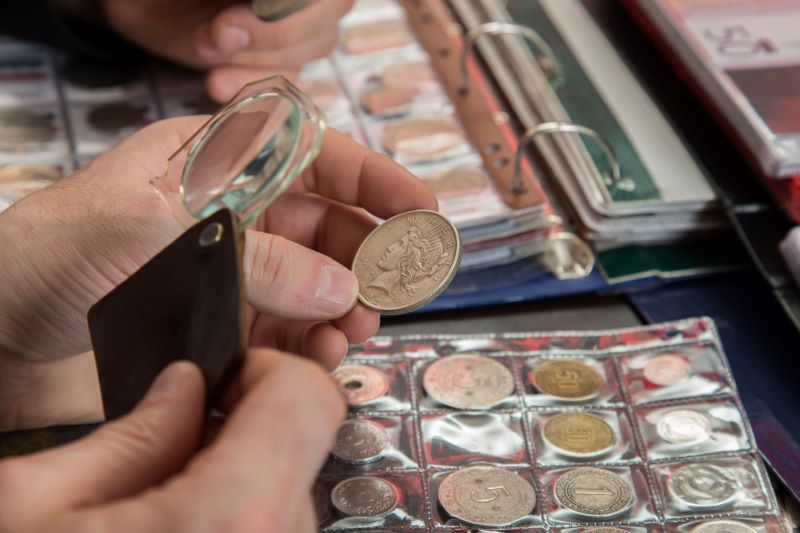
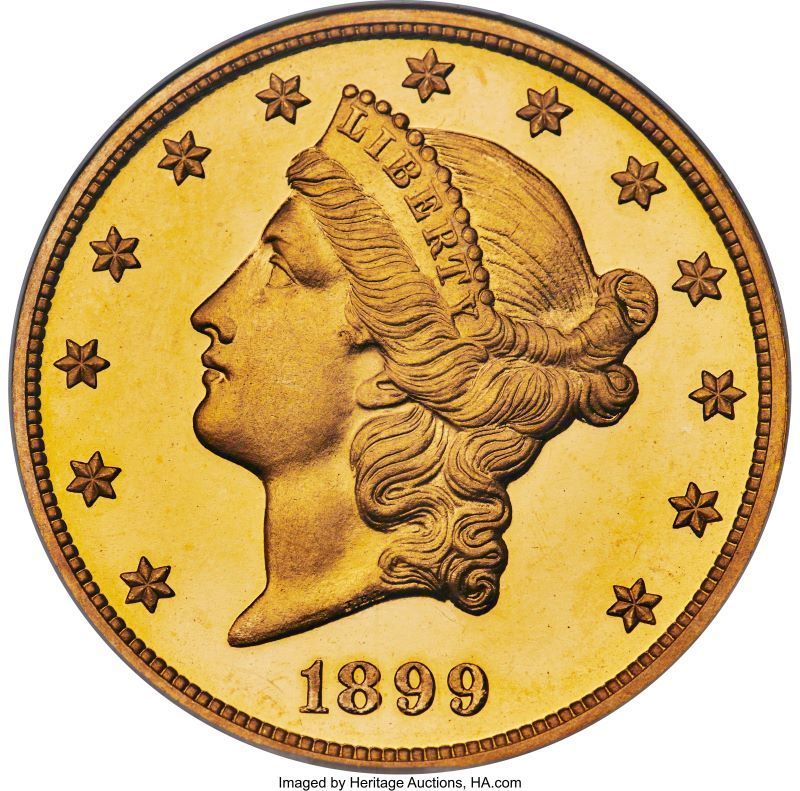

Never miss out on a deal
Sign up for our email list
Footer Subscribe Form
Thank you for subscribing!
Please try again later.
Licensed Numismatic Sales Company
License number : 40426862

